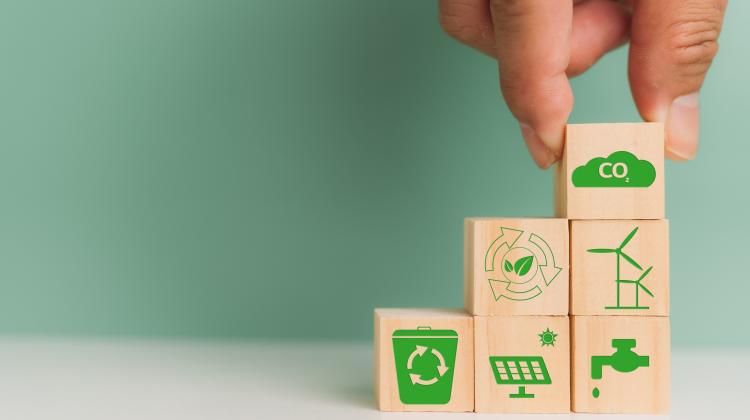Recently, the circular economy (CE) has been holding attention of a growing number of people and organizations (find out why here).
The CE model is based on the principle that resources should be used rationally so that:
1. the value of raw materials, materials, and finished products could be retained as long as possible and waste could be minimized;
2. raw materials from the waste already generated could be recovered and recycled, and we could perceive useless garbage as valuable resources.
This paradigm shift requires the commitment from all market participants. It presents very specific challenges to manufacturers, innovators, regulatory bodies, as well as consumers.
What can and what will be the role consumers in this evolution?
The choices, decisions and actions we as consumers make every day may have a significant positive or negative influence on the development of the CE. Crucial here are the following factors: how open we are to new business models, how involved in the process of product design and co-creation; the quantity and quality of the products we buy, the way we use them and deal with them when they break down or are no longer needed, and finally, how disposed we are to curb generation of waste.
Let's ponder the first of these issues: how willing are we to implement new business models?
Product as a service? Buying a product or paying for using it?
Businesses that have so far been thriving on selling large quantities of products that break down fast are not going to suddenly care about product longevity, reliability and capacity for reuse unless they can see how they could make it profitable. One of the viable solutions in this regard is the product-as-service model. In this arrangement, consumers lease products or pay for them as they would for a service while manufacturers, bearing the total cost of ownership, need to reassess their priorities. In other words, the more durable a product, the longer the company can make a profit on it. How about an example? Philips has provided a light-as-a-service model at the Amsterdam airport. The airport pays only for the service of lighting the terminal, whereas Philips owns all equipment and systems. The company therefore guarantees maintenance and performance so that it can make money as long as possible, and in the future, use the solution elsewhere. The same model may work perfectly in the case of other goods on one condition though: we, consumers need to be willing to accept it. But just think about it: do you really need to own e.g. a pair of jeans or do you just need to be able to use it? The founders of MUD JEANS, a Netherlands based company, asked themselves that very question. They have successfully implemented the lease-a-jeans model where you pay a monthly fee for using a pair of jeans, and when you no longer need it, you can return it to the company and choose a new pair. In addition, this business model allows the company to effectively and profitably recycle their products. The manufacturer has no problem recovering raw materials from the worn jeans because they know everything about the fiber composition of the denim, its construction, finishing methods. IKEA is also considering introducing a similar model of renting/leasing furniture. What do Polish consumers think about that?
Are we on the verge of the age of the sharing economy – collaborative economy?
The model of collaborative consumption, of sharing goods, is based on similar principles. Many of us have taken advantage of Airbnb services while looking for an alternative to a hotel stay. If an apartment is sitting empty for a period of time, why not share it with others and make a profit on it? Among people searching for transportation, BlaBlaCar, city bike or other car-sharing platforms have all been gaining popularity. Will we as readily embrace collaborative use of other goods too? How attractive will the first in Poland 'Library of Clothes' that is being organized in Wrocław turn out to be? The female founders of the company started with the problem that a majority of women face: 'I have a closet full of clothes, yet nothing to wear'. Is buying a new piece on the spur of the moment the only option here? The Library of Clothes works as any other library only instead of books, in constant circulation are all kinds of clothes. You choose them from an online catalogue and borrow them for a month or just for a weekend. The clothes are shipped to and fro by a delivery service provider, whereas the company guarantees that the clothes are in mint condition. Moreover, the clothes are unique so there is no risk that someone at a party will be wearing the same look.





